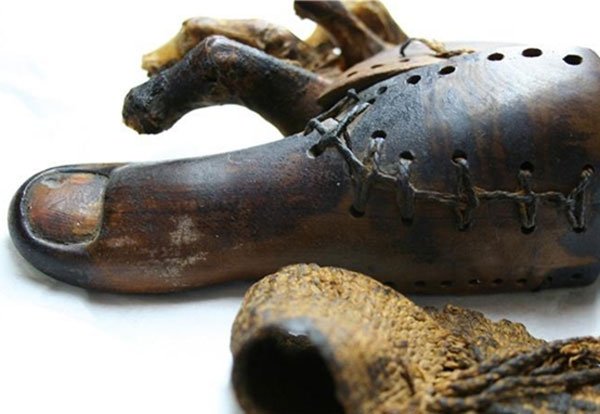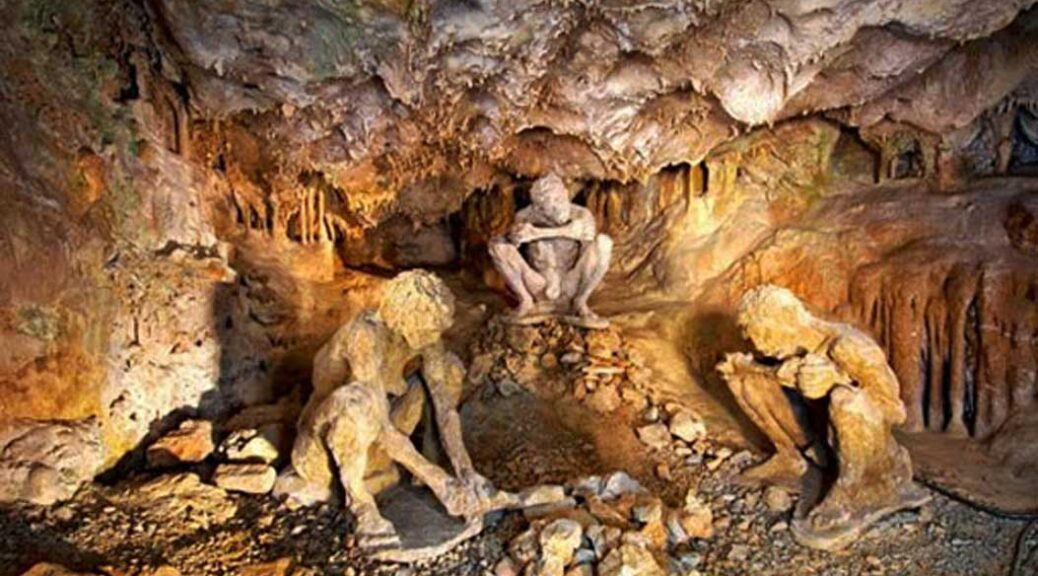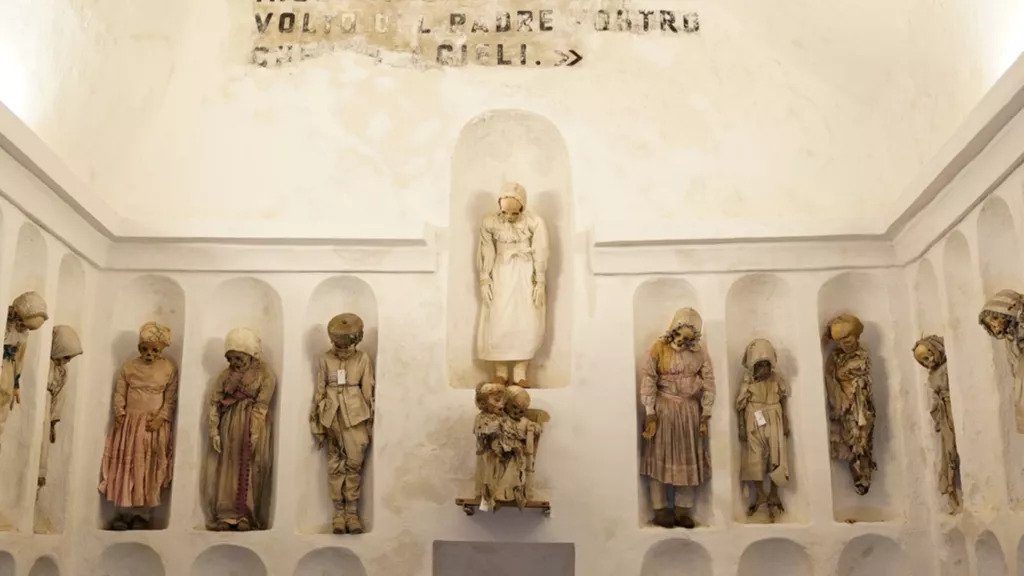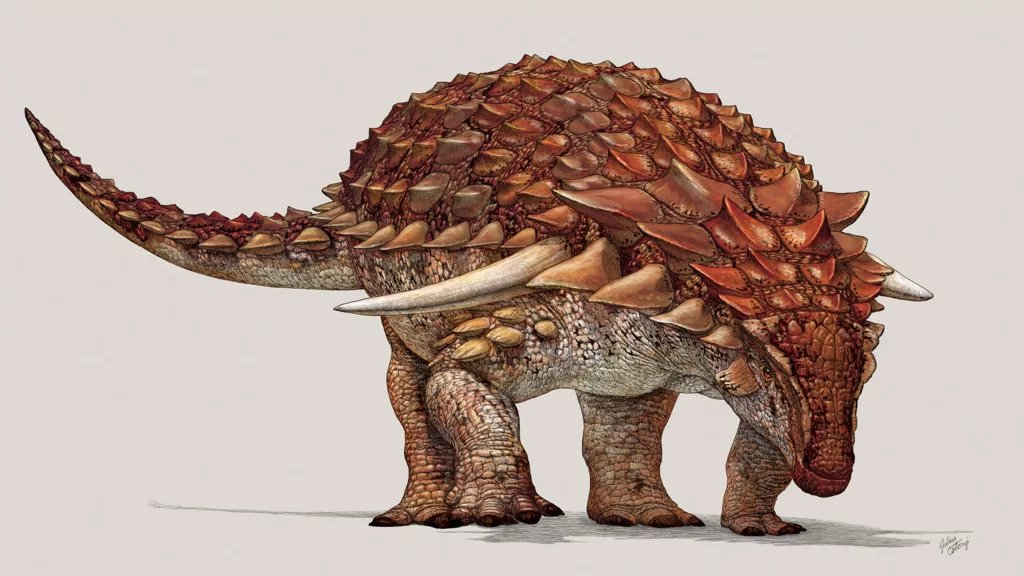This 3,000-Year-Old Wooden Toe Shows Early Artistry of Prosthetics
Almost two decades ago, archaeologists working in a burial chamber in the Sheikh ´Abd el-Qurna necropolis west of Luxor, Egypt, found something unexpected: An exquisitely crafted prosthetic big toe fitted to the remains of a woman believed to be the daughter of a high status ancient Egyptian priest.
As George Dvorsky at Gizmodo reports, the faux-toe, known as the Cairo Toe or the Greville Chester Great Toe is roughly 3,000 years old and is likely the earliest practical prosthesis ever discovered. Now, a detailed study of the digit has unlocked new secrets about the Cairo Toe.
Researchers took a closer look at the toe using modern microscopy, X-ray technology, and computer tomography. Their 3D scans of the toe, which are not yet published, identified the materials the prosthesis was made from and how it was crafted. The most interesting finding, however, was that the toe was refitted several times to exactly match the woman’s foot.

“The [toe] testifies to the skills of an artisan who was very familiar with the human physiognomy,” according to a press release from the University of Basel in Switzerland.
“The technical know-how can be seen particularly well in the mobility of the prosthetic extension and the robust structure of the belt strap.
The fact that the prosthesis was made in such a laborious and meticulous manner indicates that the owner valued a natural look, aesthetics and wearing comfort and that she was able to count on highly qualified specialists to provide this.”
The analysis was part of a reexamination of the Sheikh ´Abd el-Qurna tombs and their related artefacts.
Experts from the University of Basel and other institutions are creating 3D archaeological and geological maps of the tombs. The necropolis, a warren of rock-cut tombs, was active in the 15th century B.C. and was remodelled several times over the centuries.
The tombs were eventually used as dwellings for early Christian hermits and were occupied by other people into the 20th century.
The Toe’s Tomb is one of many burial chambers in the area believed to be reserved for high-status Egyptians associated with the Pharoah, like the priest and his daughter. As the BBC reports, she likely died between the ages of 50 and 60 and suffered a toe amputation sometime in her past that had time to completely heal before her death.
The big question is whether the life-like toe was worn mainly for looks or if it actually improved the balance and functioning of its wearer.
There has always been a tension between aesthetics and functionality since people first crafted artificial limbs, explains Katherine Ott, a curator of the division of medicine and science at The National Museum of American History.
“It’s always been an issue and there’s never a single answer…Every era and culture has a different definition of what they consider body integrity what makes you whole,” she tells Smithsonian.com.
Though many of these early prostheses were likely challenging and uncomfortable to wear, “they prevent people from staring and make the user feel more integrated [into society],” she says.
The Cairo Toe, however, is unlike many other prosthetics from ancient times, Ott explains. Though it beautifully imitates a natural toe, it may have also helped the wearer with balance. Its stitching and mixed leather and wooden construction likely made it much more comfortable than other ancient prosthetics.
For example, the Egyptian cartonnage toe is an older prosthesis made of a type of linen Papier-mâché and was uncovered with a mummy in the 1880s. But this toe doesn’t bend at any joint, and modern tests suggest that if it was worn in real life, it was likely too uncomfortable to sport long term. Similarly, the Ancient Roman Capua leg—another early prosthesis from 300 B.C.—was cast in bronze. This heavy and non-jointed structure was likely impractical to wear.
“Generally prosthetics that mimic body parts don’t work as well…They are usually clumsy and fatiguing,” says Ott. But perhaps that wasn’t so with the Cairo Toe. Hopefully, this ancient prosthetic was as functional as it was beautiful, making the wearer feel both emotionally and physically more whole.



























